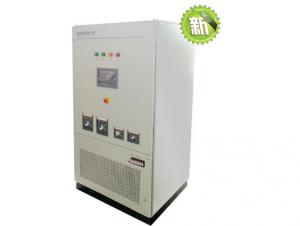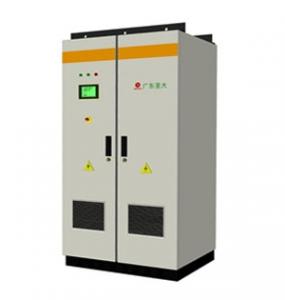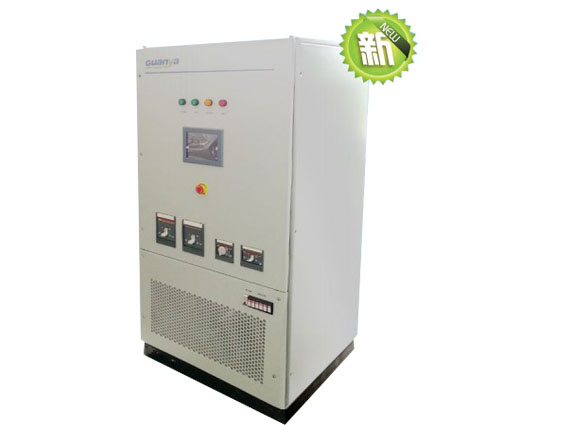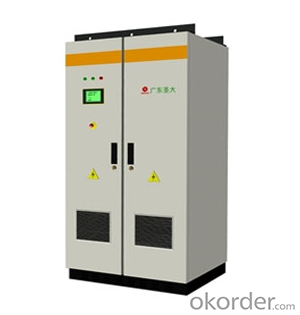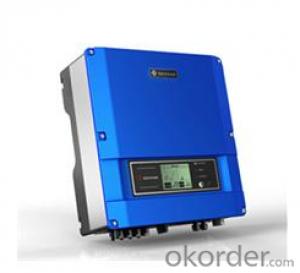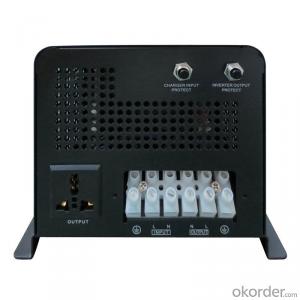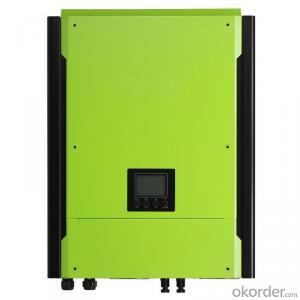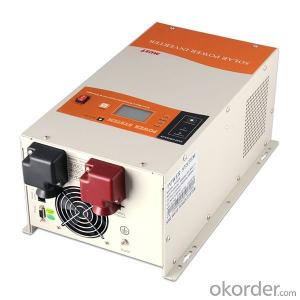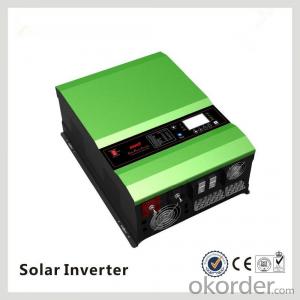Lac Solar Inverter 4kva Inverter Solar Inverter Best Selling Products
OKorder Service Pledge
OKorder Financial Service
You Might Also Like
Description:
CNBMSOLAR is a world-leading and Vertical integrated manufacturer of high-performance with Silicon,
Wafer, Cells, Modules, which convert sunlight into electricity for residential, commercial, and utility-scale
power generation.
The capacity of CNBMSOLAR is reach to 1GW, and make sure each year our shipment capacity is more
Than 700-800MWs, at the same time, we have set up the largest solar power station with our partner
in Ukraine.
CNBM is a Quality + Service oriented company with“Excellence at Each Step” approach, composed of
the finest components from TUV and IEC-certified partners around the world, CNBM modules consistently
undergo a variety of trials at the company’s Test & Development Centre, ensuring peak performance
capabilities. The company is committed to develop and provide the world with clean and renewable energy
to ease the energy shortages as well as human kind’s impact on the environment.
Feature:
1. Professional solution for offogrid solar system
2. Inverter/AC charger/transfer switch/PWM solar charger
3. Build-in solar controller 12V/24V/48V 40A and 60A
4. Remote control RJ45 and RS232(optional)
5. Pure sine wave output inverter for various load
6. Three-gear switches ,with energy saving mode
7. Excellent loads with 3*rated start power
8. Low power saving mode to conserve energy
9. Built-in AC bypass relay, UPS function
10. Advanced microprocessor control
11. Input polarity/UVP/OVP/OSP/OLP/OTP
12. MPPT solar charger(optional)
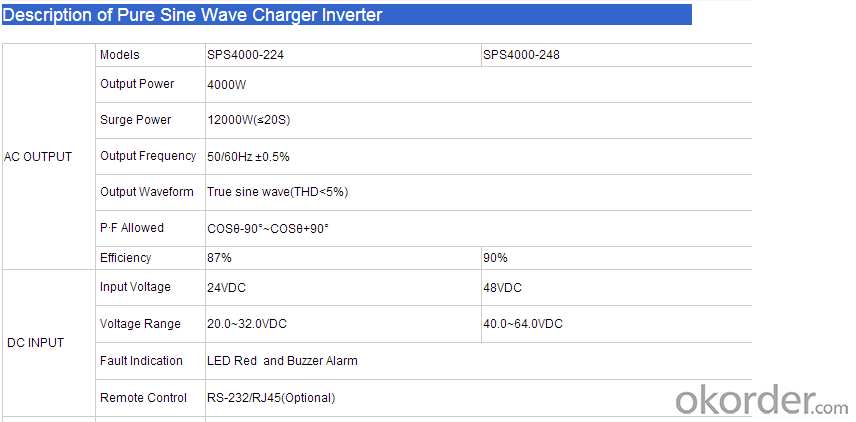
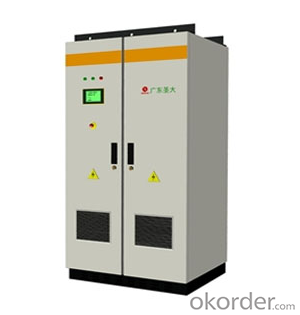
FAQ:Why select our solar system inverter
1. Excellent performance : DC to AC, AC bypass, AC charger, UPS
2. Unique advantage: inverter can start auto with AC input ,even if no battery
3. UPS Function
4. Fast delivery and good after-sale sevice
5. Customized accepted.
6. Fashion and reasonable design
- Q: Can a solar inverter be used with a solar-powered air purification system?
- Yes, a solar inverter can be used with a solar-powered air purification system. A solar inverter converts the direct current (DC) generated by solar panels into usable alternating current (AC) electricity, which can power various appliances or devices, including air purification systems. By connecting a solar inverter to a solar-powered air purification system, it can efficiently operate using renewable energy from the sun.
- Q: What is the efficiency of a solar inverter?
- The efficiency of a solar inverter refers to how effectively it converts the direct current (DC) power generated by solar panels into alternating current (AC) power that can be used to power household appliances or be fed back into the grid. It is typically measured as a percentage and represents the amount of DC power that is successfully converted into usable AC power. A higher efficiency indicates a more effective conversion process, resulting in less energy loss and maximizing the overall output of the solar system.
- Q: How does a solar inverter affect the overall aesthetics of a solar installation?
- A solar inverter does not have a significant impact on the overall aesthetics of a solar installation. Inverters are typically mounted in discreet locations, such as on the side of a building or inside a garage, where they are not visible from the street or prominent areas. Therefore, the inverter's presence does not greatly affect the visual appeal of the solar system.
- Q: How does a solar inverter handle voltage fluctuations from the solar panels?
- A solar inverter handles voltage fluctuations from the solar panels by continuously monitoring the output voltage and adjusting it to maintain a stable and consistent level of voltage. It employs advanced control algorithms and power electronics to regulate and stabilize the voltage, ensuring optimal energy conversion and compatibility with the electrical grid. This helps protect the inverter and other connected devices from damage while maximizing the energy output from the solar panels.
- Q: Can a solar inverter be used in a commercial solar system?
- Yes, a solar inverter can definitely be used in a commercial solar system. In fact, solar inverters are an essential component in converting the direct current (DC) electricity generated by solar panels into alternating current (AC) electricity that is compatible with the electrical grid and can be used by commercial buildings and businesses.
- Q: How does a solar inverter handle voltage and frequency variations caused by grid disturbances?
- A solar inverter is designed to handle voltage and frequency variations caused by grid disturbances by employing various control mechanisms and protection features. Firstly, the inverter continuously monitors the voltage and frequency levels of the grid, and it adjusts its output accordingly to match the grid's requirements. If there is a voltage or frequency fluctuation, the inverter will either increase or decrease the output power to maintain the desired voltage and frequency levels. To handle voltage variations, the solar inverter utilizes a voltage regulation mechanism. If the grid voltage increases or decreases beyond a certain threshold, the inverter adjusts its internal voltage regulation circuitry to ensure a stable and regulated output voltage. This helps protect the inverter and connected devices from potential damage due to overvoltage or undervoltage conditions. Similarly, to handle frequency variations, the solar inverter incorporates a frequency control mechanism. If the grid frequency deviates from the specified range, the inverter adjusts its internal frequency control circuitry to maintain a stable and accurate output frequency. This ensures that the power generated by the solar panels remains synchronized with the grid, allowing for efficient power transfer and preventing any damage to the inverter or connected devices. Furthermore, solar inverters often include advanced features such as anti-islanding protection. This feature detects any abnormal grid conditions, such as voltage or frequency fluctuations beyond a safe limit. If an islanding condition is detected, where the solar system continues to generate power even when the grid is down, the inverter will disconnect from the grid to prevent any potential safety hazards for utility workers. Overall, a solar inverter is designed to handle voltage and frequency variations caused by grid disturbances through continuous monitoring, voltage regulation, frequency control, and protective features. These capabilities ensure reliable and safe operation of the solar power system while maintaining a stable connection with the utility grid.
- Q: What are the methods of photovoltaic grid-connected inverter control
- Inverter main circuit need to have a control circuit to achieve, generally have square wave and sine wave two control methods, square wave output inverter power supply circuit is simple, low cost, but low efficiency, harmonic components. Sine wave output is the development trend of the inverter, with the development of microelectronics technology, there are PWM function of the microprocessor has also come out, so the sine wave output inverter technology has matured.
- Q: Can a solar inverter be used for off-grid applications?
- Yes, a solar inverter can be used for off-grid applications. Off-grid systems typically rely on solar panels to generate power, and a solar inverter is used to convert the direct current (DC) produced by the panels into alternating current (AC) which can be used to power appliances and devices. The inverter also helps regulate the flow of electricity and ensure compatibility with off-grid power storage systems such as batteries.
- Q: What is the role of an MPPT (Maximum Power Point Tracking) inverter?
- The role of an MPPT (Maximum Power Point Tracking) inverter is to optimize the conversion of solar energy into usable electricity. It constantly tracks and adjusts the operating point of the solar panels to ensure that they are always operating at their maximum power point, which maximizes the efficiency and output of the solar system.
- Q: Are there any ongoing maintenance requirements for a solar inverter?
- Yes, there are ongoing maintenance requirements for a solar inverter. Regular inspections, cleaning, and monitoring of performance are recommended to ensure optimal functioning. Additionally, routine checks of electrical connections, firmware updates, and replacement of faulty components may be necessary to maintain the efficiency and longevity of the inverter.
Send your message to us
Lac Solar Inverter 4kva Inverter Solar Inverter Best Selling Products
OKorder Service Pledge
OKorder Financial Service
Similar products
Hot products
Hot Searches
Related keywords
